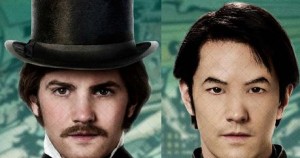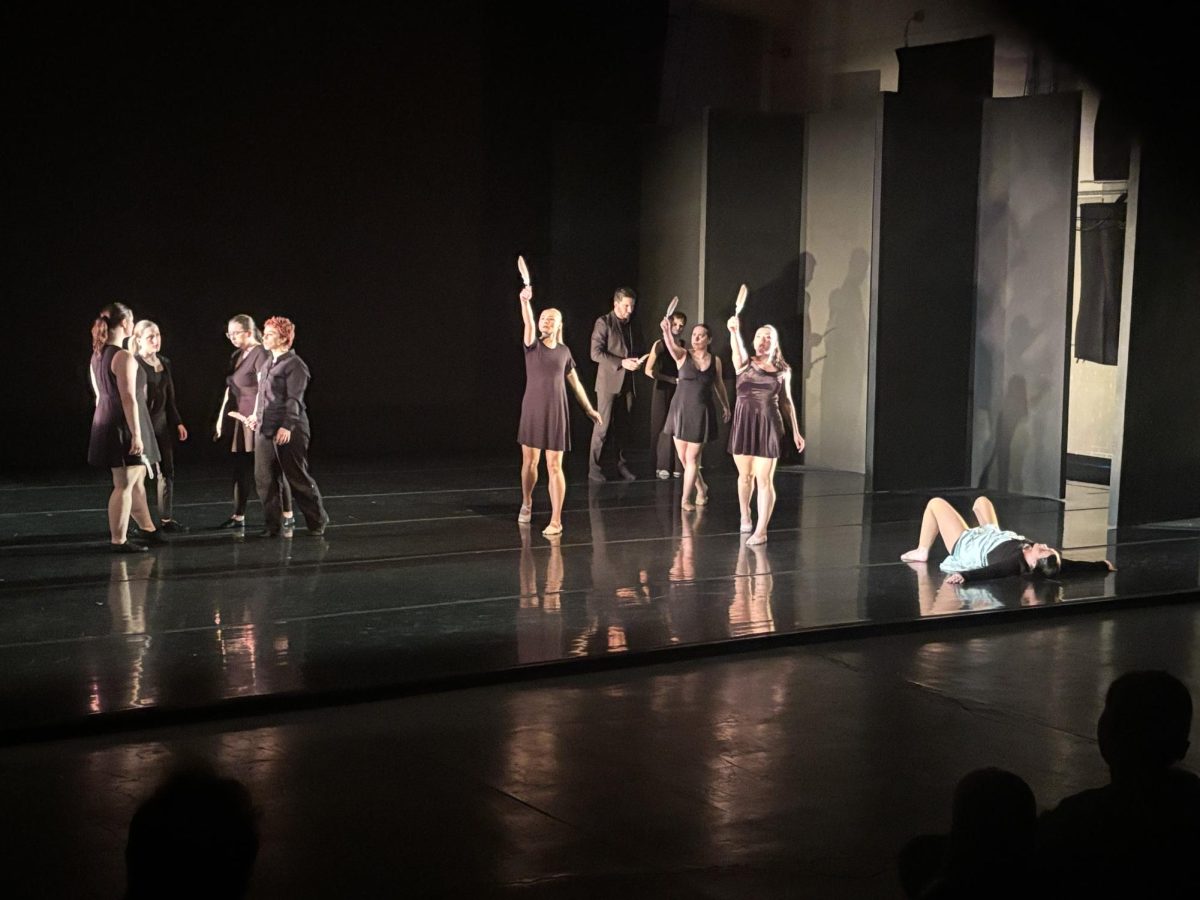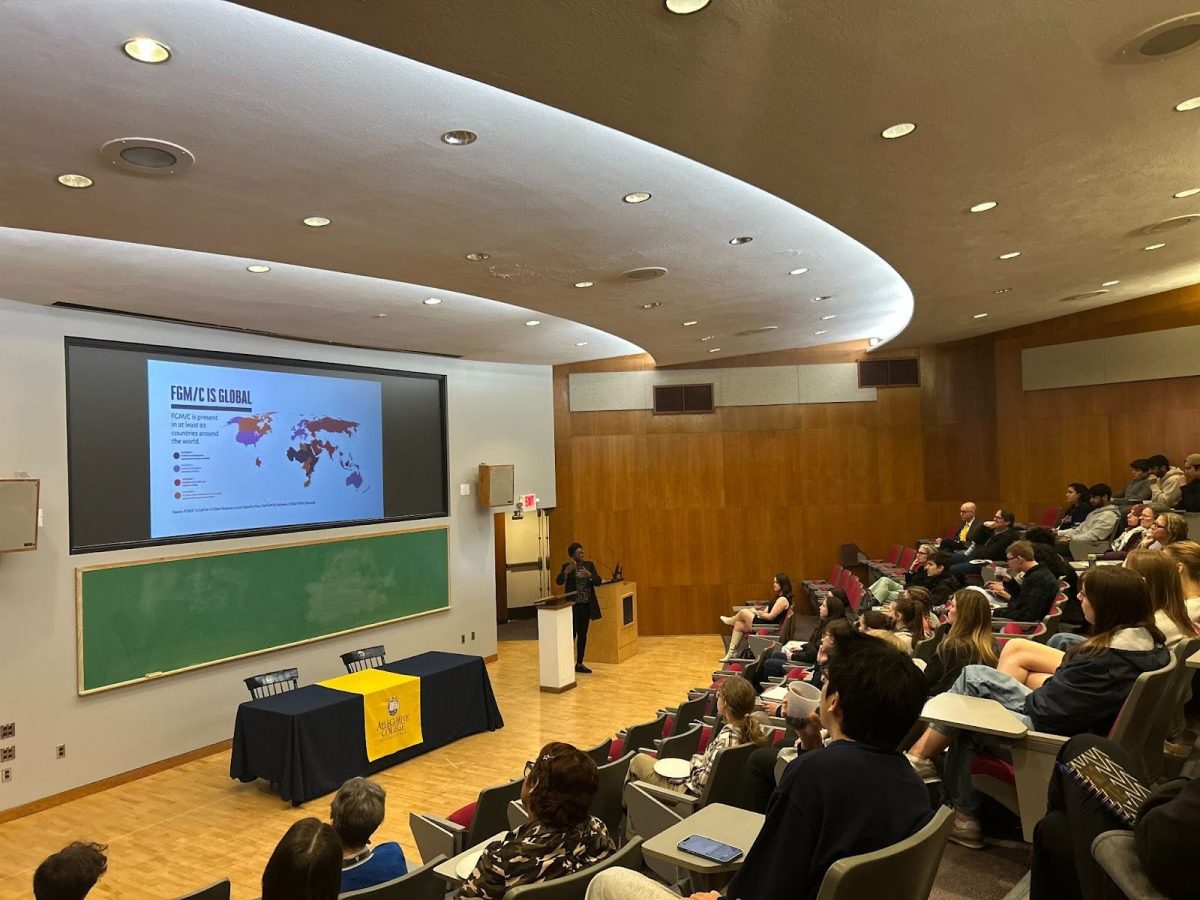
By MOLLY DUERIG, Features Editor
Despite its incredible cinematography, set design and visual effects, Cloud Atlas failed to leave any kind of lasting impression on me. Of course, I am speaking from the perspective of someone who has not read the novel of the same title, written by British author David Mitchell in 2004. The experience of watching this movie will likely be vastly different to someone who has read the book. But as someone who approached Cloud Atlas head-on, without any prior contextual knowledge, I must say I was slightly disappointed.
Directors Lana and Andy Wachowski (The Matrix trilogy, V for Vendetta) and co-director Tom Tykwer clearly envisioned a spectacular world for the plot to take place. Indeed, Tykwer co-composed the movie’s original orchestral score, implying he was passionate about constructing the movie according to his and the Wachowskis’ personal vision.
This film was produced with a $102 million budget financed by independent sources, making it of all time.
But the obvious passion the directors and producers have for their creation does not immediately signify that this movie is particularly meaningful or enjoyable for a general audience.
Cloud Atlas is an ambitious attempt to combine six different plots, which take place in six completely different time periods and physical locations, into a unified account of human history. This span of history stretches from the mid-19th century until the year 2321. Although shifts erratically between time periods and requires rapt attention, the movie’s narrative structure is not its biggest problem.
My biggest issues with Cloud Atlas are the six detached protagonists, who never come close enough to the audience to allow us to relate to them. We get a distant overview of each of these characters, and perhaps we find one or two of them more intriguing than the rest. Ultimately, though, it is difficult for me to empathize with any one of them.
The movie’s overlying message is that our actions have lasting effects on people from other time periods. To convey this point, actors play a number of different characters from different plot lines. But the directors also have actors act as characters of different races, and for me, this choice confuses more than it enlightens.
Thanks to CG editing, makeup and eye prosthetics, Asian characters are played by Caucasian actors Jim Sturgess, Hugo Weaving and James D’Arcy, as well as African-American actor Keith David. Korean actress Doona Bae, who plays the futuristic clone protagonist in 2144 Neo Seoul Korea, appears as two other minor characters: a Mexican woman from the 1970’s-era plot, and a Caucasian woman from the colonial-era plot.
Probably, the directors intended to promote the movie’s basic idea that our identities, like our actions, are universal: human souls merge into each other with a kind of fluidity that can’t be interrupted by boundaries of race or time. But after intentionally constructing a number of actors as belonging to races other than their own, the directors now face some accusations from offended parties.
According to this statement released by MANAA (Media Action Network for Asian Americans), the organization’s Founding President Guy Aoki believes Cloud Atlas missed a great opportunity to cast an Asian man as the protagonist from the Neo Seoul plot.
“But instead, they cast Jim Sturgess in yellowface,” said Aoki in the statement.
After investigating the movie and this critique of it posed by MANAA, I am even more certain that Cloud Atlas is nowhere near as profoundly knowledgeable about the universe as it posits itself to be. All in all, if you’re itching to watch a mentally stimulating flick this weekend, I recommend you steer clear of Cloud Atlas and vouch for a more reliable option, like one of the first two installations of the Godfather trilogy.





Belle • Jul 6, 2013 at 11:35 pm
I just saw the film for the first time myself, without any prior knowledge to content (I have not read the book yet) and I must say that I greatly disagree. I think that for the general public, it may not necessarily achieve what the Andy and Lana Wachowski and Tom Tykwer wanted, but for those who truly understood it, or were able to look past a few not so great prosthetics, the movie did divine something. The film did require full attention to detail and no doubt, the ability to recognize the actors beneath the make up, but I believe it formed a coherent plot. With the exception of the very beginning and end, where Tom Hanks is seen narrating, everything takes place on Earth; very simple. And casting six main actors to take on roles, regardless of ethnicity, was in my opinion not an ignorance or oversight, but rather a brilliant idea. It enabled a facet of recognition so that the audience could potentially see the glimmer of similarity person to person over the time gaps. If they had merely cast different people to fit the ethnicities, the result would be a jumbled mess with absolutely no parallels. Saying they could have cast an Asian man instead Jim Sturgess in Neo Seoul is no different than saying they could have cast a Caucasian woman instead of Doona Bae for the colonial part. There are parallels in the relationships that could only be achieved on screen with the same exact actors. Overall I think your article was very well written, well resourced and researched… but I personally believe you missed the mark.